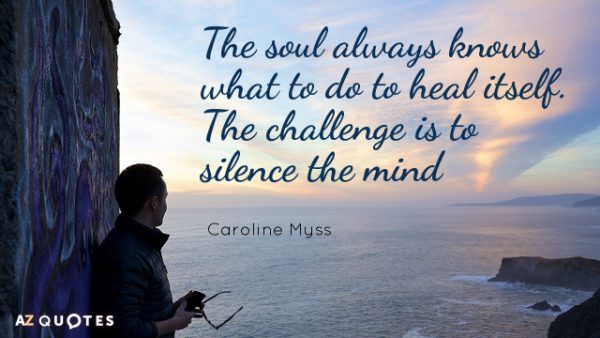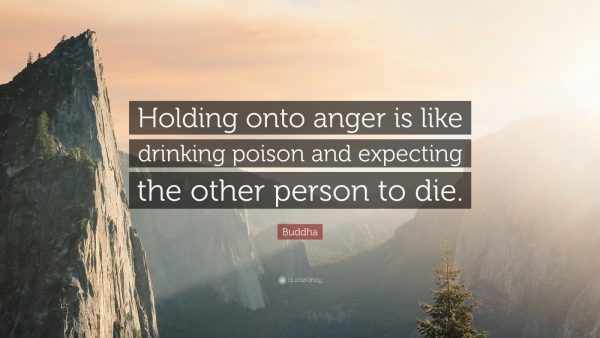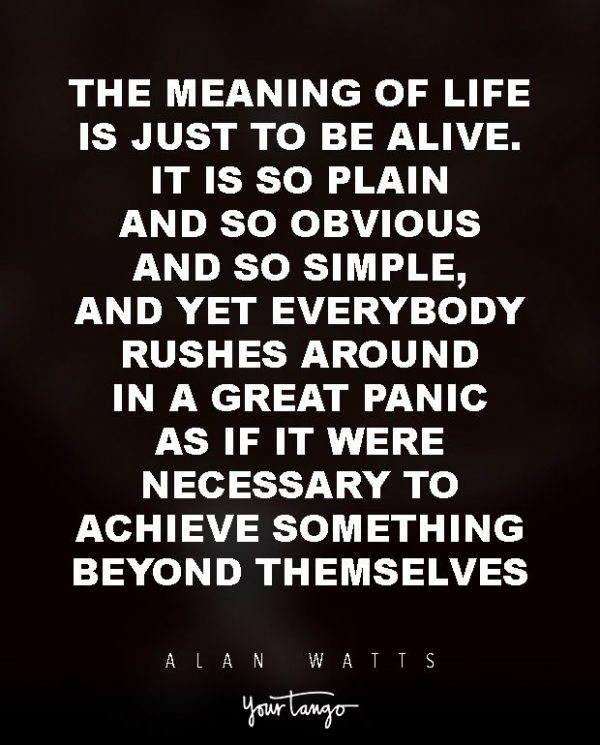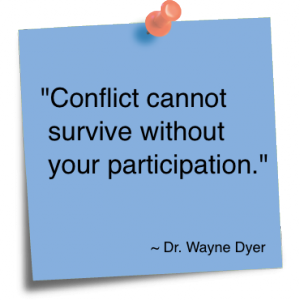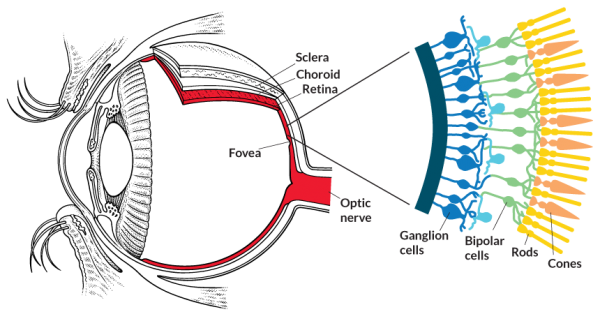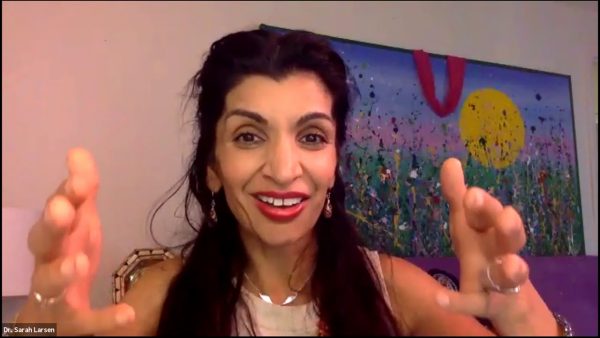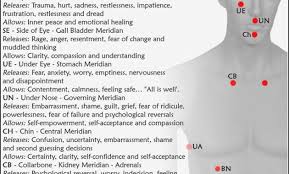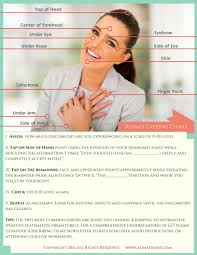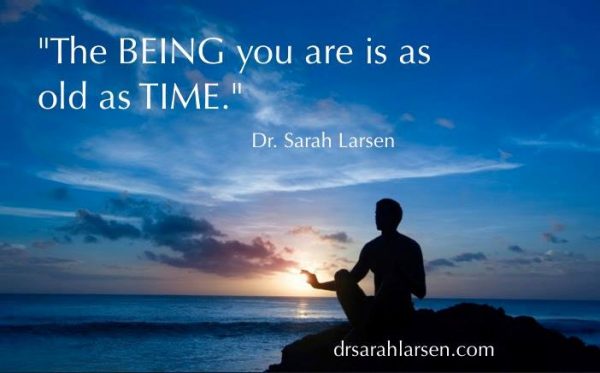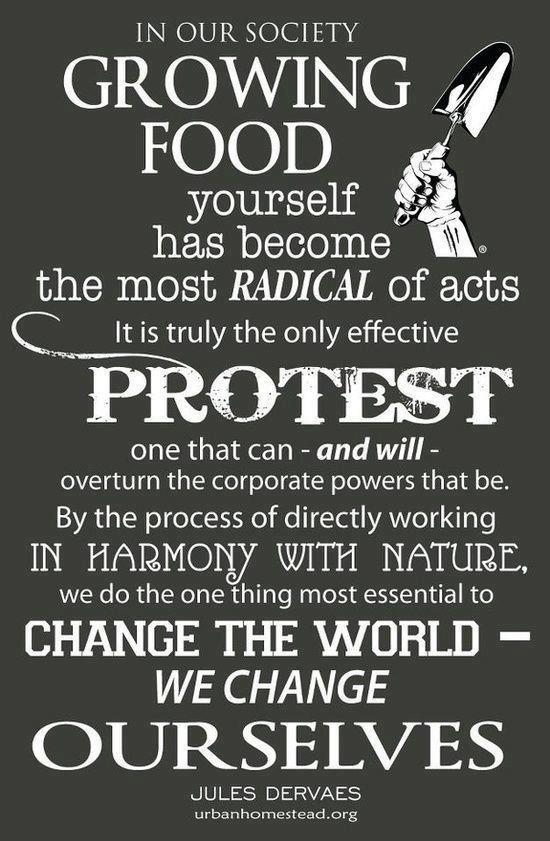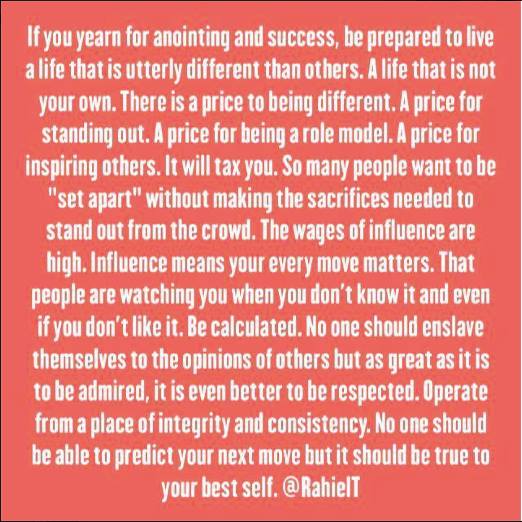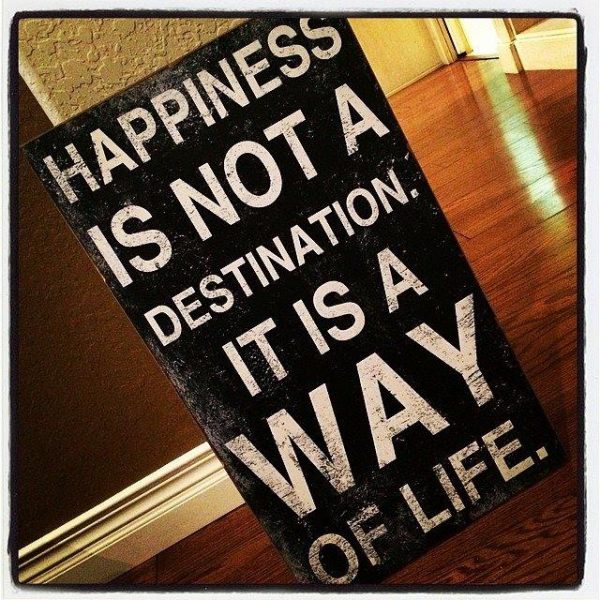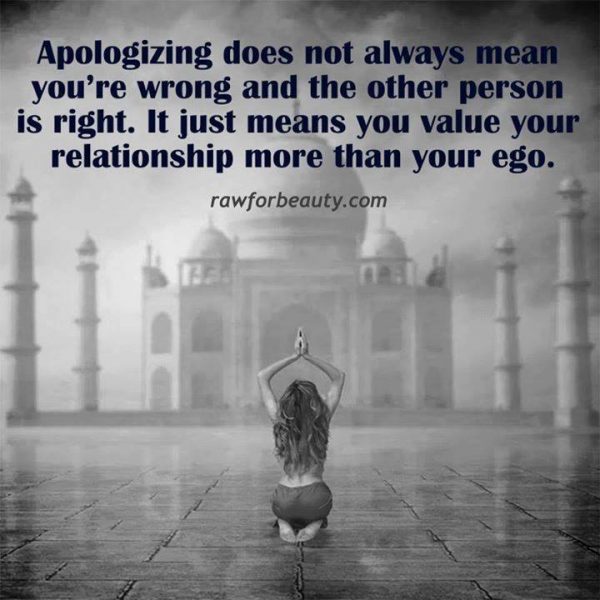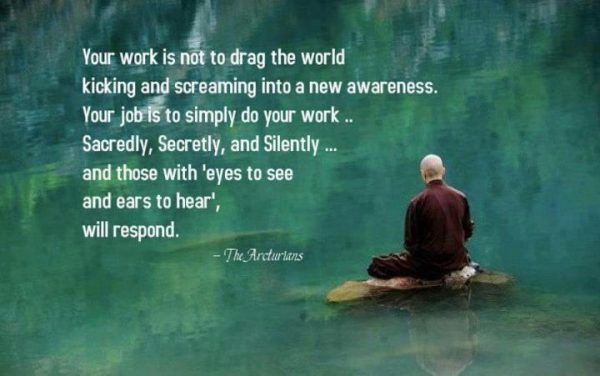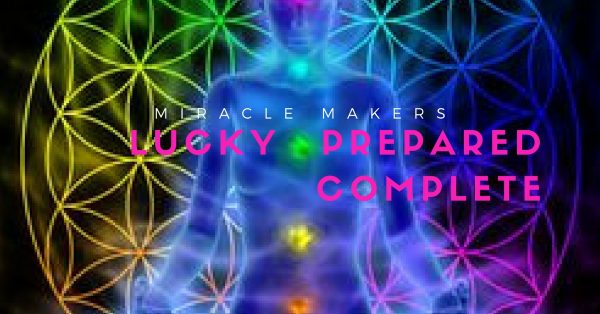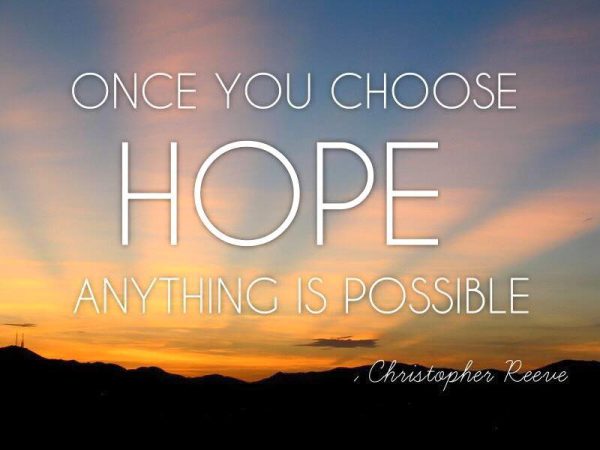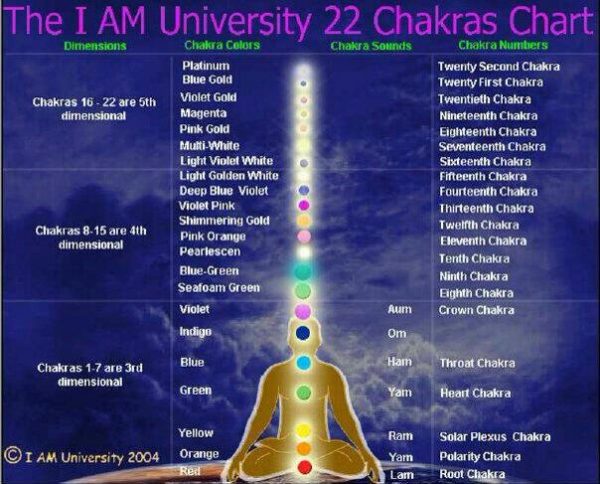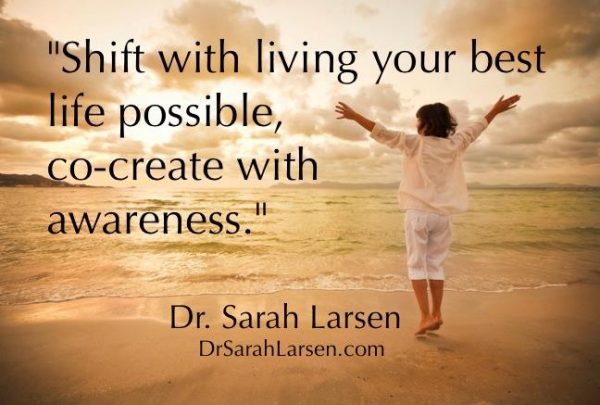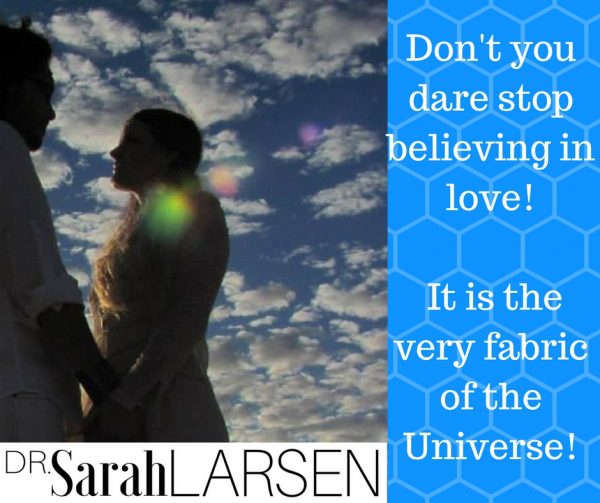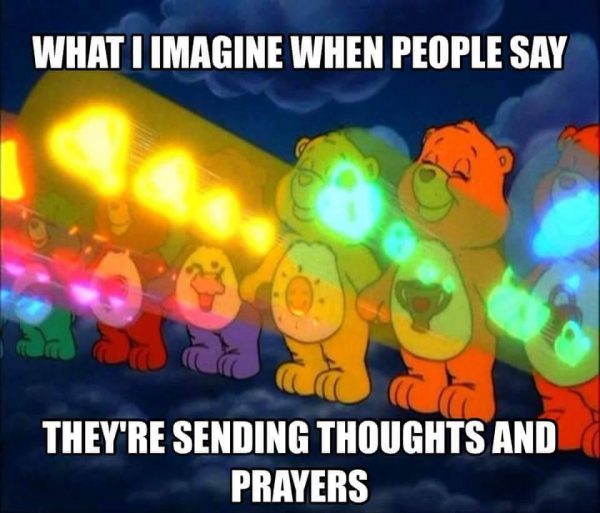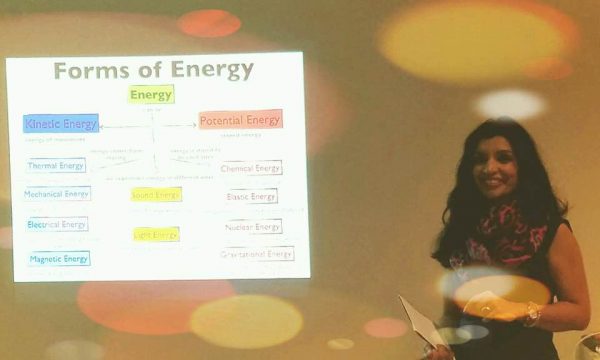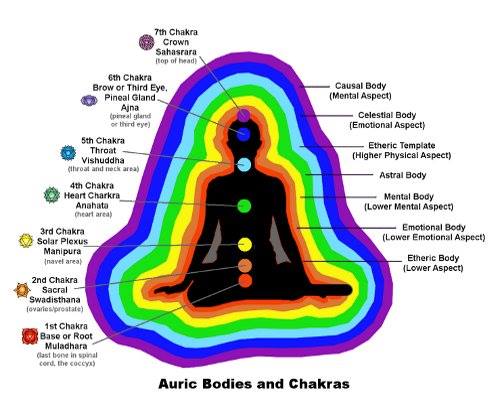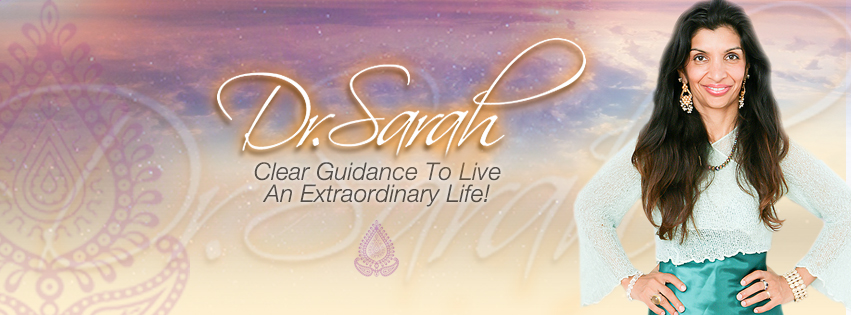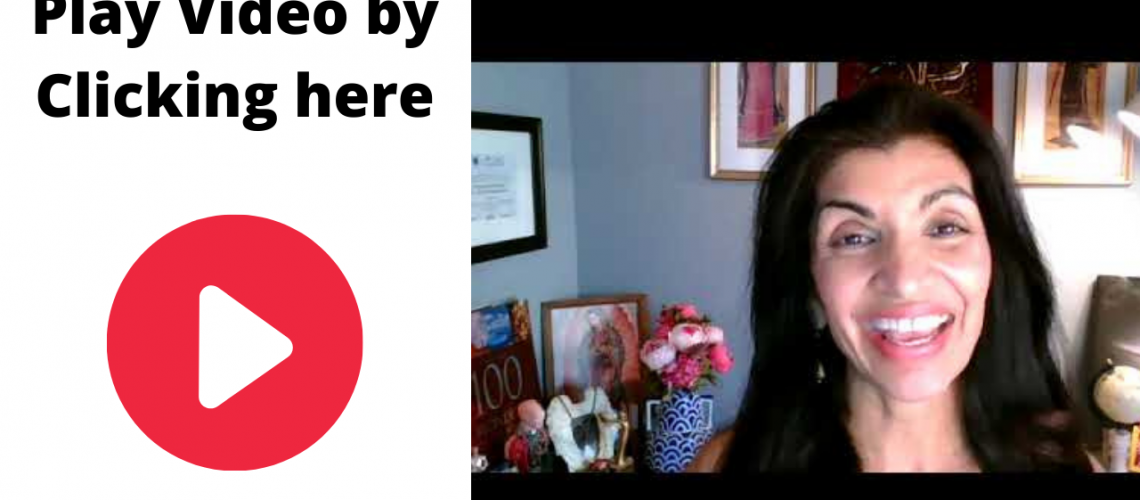
An Angel is
A Course In Miracles describes an angel as a thought of God. For me – if you think of God as the Universe – the angels are like stars twinkling within it. They seem like individual sparkles but together they light up the world
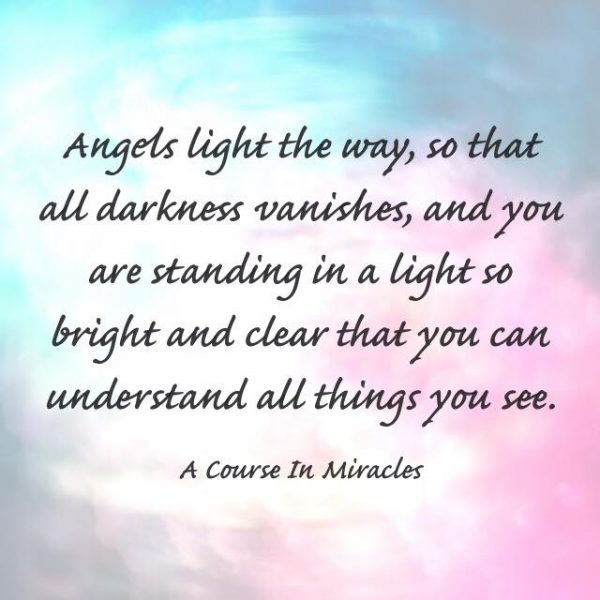
THE TRUTH ABOUT DEATH
Based on interviews with 283 children from two distinct cultures in Ecuador, the researchers say the findings suggest that our bias toward immortality is a part of human intuition that naturally emerges early in life.
And the part of us that is eternal, we believe, is not our skills or ability to reason, but rather our hopes, desires, and emotions. We are, in fact, what we feel.
- The opposite of death is not life. The opposite of death is birth. Life has no opposite.
- null
- Socrates > Quotes
- “The only true wisdom is in knowing you know nothing.” …
RELIGION AND SCIENCE
Socrates :
“The unexamined life is not worth living.” …
“I cannot teach anybody anything. …
“There is only one good, knowledge, and one evil, ignorance.” …
“Be kind, for everyone you meet is fighting a hard battle.” …
“Wonder is the beginning of wisdom.”
Angel of Death
QUESTION: Who is the Angel of Death?
ANSWER:
The angel of death reflects man’s ambivalent nature toward death, as death is very difficult for many of us to cope with. The angel of death, or grim reaper as he is sometimes called, allows us to embody the concept of death into a tangible creature. The idea of the angel of death is thousands of years old. The angel of death is or has been identified with Satan, and it is said that when Eve touched the tree of knowledge, she perceived the angel of death, and thought: “Now I shall die, and God will create another wife for Adam.”
In the Bible, various names are applied to angelic beings. For example the Greek word angelos means messenger, either human or divine. In Jewish thought and lore, angels were referred to as bnei elohim or bnei elim, “children of God.” They were gifted with limited powers dependent upon the Master’s (God’s) decrees and orders. In 1 Chronicles 21:16, the angel of the Lord is described as standing between earth and heaven with a drawn sword in his hand: ”David looked up and saw the angel of the LORD standing between heaven and earth, with a drawn sword in his hand extended over Jerusalem. Then David and the elders, clothed in sackcloth, fell facedown” Isaiah 37:36 says, “Then the angel of the LORD went out and put to death a hundred and eighty-five thousand men in the Assyrian camp. When the people got up the next morning — there were all the dead bodies!
It is comforting to know that even in the verses where death is personified, there is no reference to any angel being granted permanent responsibility for terminating life on Earth. 2 Samuel 24:16 says, “When the angel stretched out his hand to destroy Jerusalem, the LORD was grieved because of the calamity and said to the angel who was afflicting the people, ‘Enough! Withdraw your hand…’”
Many religions and cultures have formed an Angel of death:
- In Muslim and Islam theology, Azrael is the angel of death who is “forever writing in a large book and forever erasing what he writes: what he writes is the birth of man, what he erases is the name of the man at death.”
- In Judeo-christian lore, Michael, Gabriel, Sammael, and Sariel are all named as the angel of death.
- In Zoroastrianism, the angel of death is Mairya.
- In Babylon, it is Mot.
- In Rabbinical lore, there are 14 Angels of Death: Yetzerhara, Adriel, Yehudiam, Abaddon, Sammael, Azrael, Metatron, Gabriel, Mashhit, Hemah, Malach ha-mavet, Kafziel, Kesef, and Leviathan.
- In Falasha lore, it is Suriel.
- The Arabic angel is Azrael.
The study led by Natalie Emmons, a postdoctoral fellow at Boston University fits into a growing body of work examining the cognitive roots of religion. Although religion is a dominant force across cultures, science has made little headway in examining whether religious belief—such as the human tendency to believe in a creator—may actually be hardwired into our brains.
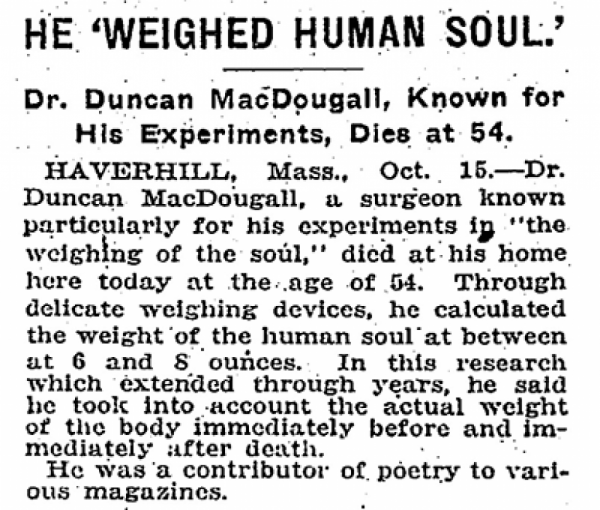
“This work shows that it’s possible for science to study religious belief,” says Deborah Kelemen, associate professor of psychology and co-author of the paper. “At the same time, it helps us understand some universal aspects of human cognition and the structure of the mind.”
Most studies on immortality or “eternalist” beliefs have focused on people’s views of the afterlife. Studies have found that both children and adults believe that bodily needs, such as hunger and thirst, end when people die, but mental capacities, such as thinking or feeling sad, continue in some form.
IS IT INTUITION?
But these afterlife studies leave one critical question unanswered: where do these beliefs come from? Researchers have long suspected that people develop ideas about the afterlife through cultural exposure, like television or movies, or through religious instruction.
Emmons thought perhaps these ideas of immortality actually emerge from our intuition. Just as children learn to talk without formal instruction, maybe they also intuit that part of their mind could exist apart from their body.
Emmons tackled this question by focusing on “prelife,” the period before conception, since few cultures have beliefs or views on the subject.
“By focusing on prelife, we could see if culture causes these beliefs to appear, or if they appear spontaneously,” says Emmons.
“I think it’s a brilliant idea,” says Paul Bloom, a professor of psychology and cognitive science at Yale University who was not involved with the study. “One persistent belief is that children learn these ideas through school or church. That’s what makes the prelife research so cool. It’s a very clever way to get at children’s beliefs on a topic where they aren’t given answers ahead of time.”
CHILDREN IN ECUADOR
Emmons interviewed children from an indigenous Shuar village in the Amazon Basin of Ecuador. She chose the group because they have no cultural prelife beliefs, and she suspected that indigenous children, who have regular exposure to birth and death through hunting and farming, would have a more rational, biologically based view of the time before they were conceived.
For comparison, she also interviewed children from an urban area near Quito, Ecuador. Most of the urban children were Roman Catholic, a religion that teaches that life begins only at conception. If cultural influences were paramount, reasoned Emmons, both urban and indigenous children should reject the idea of life before birth.
Emmons showed the children drawings of a baby, a young woman, and the same woman while pregnant, then asked a series of questions about the child’s abilities, thoughts and emotions during each period: as babies, in the womb, and before conception.
The results were surprising. Both groups gave remarkably similar answers, despite their radically different cultures. The children reasoned that their bodies didn’t exist before birth, and that they didn’t have the ability to think or remember.
However, both groups also said that their emotions and desires existed before they were born.
For example, while children generally reported that they didn’t have eyes and couldn’t see things before birth, they often reported being happy that they would soon meet their mother, or sad that they were apart from their family.
“They didn’t even realize they were contradicting themselves,” says Emmons. “Even kids who had biological knowledge about reproduction still seemed to think that they had existed in some sort of eternal form. And that form really seemed to be about emotions and desires.”
FEELINGS ARE FOREVER
- Do you value life as a thing of beauty?
And it is just that.
Why would humans have evolved this seemingly universal belief in the eternal existence of our emotions? Emmons says that this human trait might be a by-product of our highly developed social reasoning.
“We’re really good at figuring out what people are thinking, what their emotions are, what their desires are,” she says. We tend to see people as the sum of their mental states, and desires and emotions may be particularly helpful when predicting their behavior.
Because this ability is so useful and so powerful, it flows over into other parts of our thinking. We sometimes see connections where potentially none exist, we hope there’s a master plan for the universe, we see purpose when there is none, and we imagine that a soul survives without a body.
These ideas, while nonscientific, are natural and deep-seated.
“I study these things for a living but even find myself defaulting to them. I know that my mind is a product of my brain but I still like to think of myself as something independent of my body,” says Emmons.
“We have the ability to reflect and reason scientifically, and we have the ability to reason based on our gut and intuition,” she adds. “And depending on the situation, one may be more useful than the other.”
Even angry, I worked with love, with God, and every spiritual resource that I want to teach you about. Love is the greatest force in nature. Think about it!
A mother can lift a car with hysterical strength for her beloved child.
Your emotions are gifts that hold special insights for you.
Anger, like every emotion, is deep and full of gifts for you.
One of the gifts that understanding my anger gave me is “I love people more than they love themselves.” I am grateful my anger showed that to me.
I know with God’s help and with knowing how to navigate your energy, you can co-create in your reality the best possible outcome for all involved!
UNDERSTANDING YOUR EMOTIONS
So even as I was feeling anger, I was able to navigate getting God’s help to keep her here with us!

The second time the Angel visited me, I was on the airplane back home to Los Angeles.
With God’s help, I saved a woman with full respiratory distress, possible heart attack, and low blood sugar for 5 hours in flight.
The last 2 hours the plane was too heavy to land anywhere to help her. So I kept administering the basics of what was available in flight.
The pilot, all of the staff and everyone on the plane knew the Angel of Death was with us.
The pilot came to visit us at our seats several times keeping us informed of possible options for landing.
She was met by paramedics as soon as we landed at LAX.
The paramedics took a full report and shuttled her off first before the rest of the passengers and crew disembarked.
I am so grateful I was there to help… this retired MD, Miracle Maker Academy Professor, Life Coach, and host of elite retreats with beloved Miracle Makers all over the world… and met the Angel of Death and got Compassion, Mercy, and more Life for both of those extraordinary beings!
I can’t wait until you get to learn for yourself how to do this and I can give you even more details!
If you miss the class, it is recorded and always available within Miracle Makers Academy archives! Gain Access now by becoming a member!


